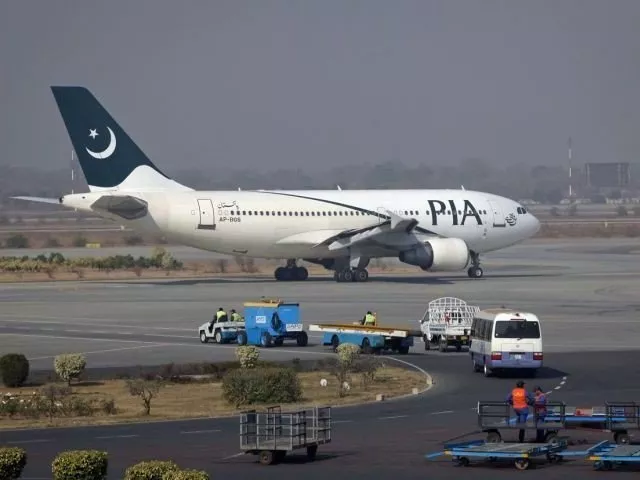'World travel resumes, cautiously'
Limited flight connections and health concerns make international travel for tourism ‘very challenging’
KARACHI: After implementing a wide range of strict measures to curb the spread of Covid-19, nations are now cautiously easing restrictions, reopening businesses and borders and resuming flights in a bid to salvage economies in jeopardy. Tourism being one of the hardest hit sectors by the global pandemic is also eyeing for recovery despite uncertainty and fears of a potential second wave of virus looming and worrying statistics predicting return to normalcy not before 2021 and 2022.According to the latest report published by the World Tourism Organisation (UNWTO) titled “Covid-19 Related Travel Restrictions – A Global Review for Tourism”, just seven countries making up 3% of all destinations worldwide, eased coronavirus related travel restrictions for international tourism purposes as of May while significant discussions on the opening of additional borders were underway.
The report aimed at highlighting steps taken by the countries to combat the virus and their impact on tourism — short and long-term. While understanding the context of travel restrictions and their subsequent easing, economic importance of tourism was also taken into account.
It said 100% of the total 217 destinations covered in the report continue to implement travel curbs, elaborating that “24% of all destinations worldwide (51) have Covid-19 related restrictions in place for 14 weeks and 37% (80 destinations) for 10 weeks.
It stated that 75% of all the states worldwide — 163 out of 217 — have borders completely closed for international tourism, including Pakistan which started outbound flight operations only on May 30 from all airports across the country, with the exception of Gwadar and Turbat.
67% of destinations in Asia and pacific, 69% in the Middle East, 74% in Europe, 86% in the Americas have completely closed their borders at present, the report added.
“185 countries have completely or partially closed their borders, an increase from 166 destinations on April 27, 2020,” it revealed, mentioning that out of this figure, 163 states have completely closed their borders for international tourism.
The remaining 22 countries, on the other hand, have partially closed borders resulting in a “significant reduction of their entry points”, the report disclosed.
Meanwhile, 11 countries out of the 217 examined in the report, were found to have suspended “completely or partially” international flights whereas 10 were banning entry of passengers from specific countries of origin, in a different approach taken to curtail virus spread at home.
Only 12 of the 217 states were enforcing measures like quarantine and self-isolation for 14 days, including the UK, while others were requesting medical screenings or certificates before or after arrival.
The report claimed that the more important tourism is to individual economies, the more likely it is that countries have responded with complete border closures. In the case of Small Island Developing States (SIDS) — island nations that face similar issues and share similar sustainability goals — the report finds that 85 per cent continue to remain completely closed to foreign tourists.
The report while revealing the impact of travel restrictions on international tourism concluded 22% decrease in international arrivals during the first quarter of 2020 and 57% in the month of March alone, adding that the latest scenarios point at possible declines in international arrivals for 2020 to range from 58% to 78% over 2019 data.
The speed with which the virus is contained, duration of travel restrictions and shutdown of borders and the confidence of the international travellers have been identified as some of the key factors to play part in the recovery of world travel.
“The gradual lifting of national lockdown and quarantine measures in some countries is bringing some of the first promising signs for international tourism to recover,” the report further said, affirming that travel advisories, limited flight connections, health concerns as well as potential travel restrictions upon return are still making international travel for tourism purposes “very challenging”.
It is pertinent to mention that this was the 4th report on the Covid-19 series by the UNWTO deciphering travel in times of a global pandemic.
The UNWTO Secretary-General Zurab Pololikashvili said on June 4, 2020 that the time had come to restart tourism as his organisation’s data pointed out easing of restrictions and lockdowns in majority of the countries.
“The timely and responsible easing of travel restrictions will help ensure the many social and economic benefits that tourism guarantees will return in a sustainable way,” Pololikashvili said.
The UN agency also provided its guidelines to ensure a smooth, safe and
sustainable start to tourism that predominantly included protection of jobs in the sector, recovering of confidence through safety and security, reopening borders with responsibility and coordinating protocols and procedures.


COMMENTS
Comments are moderated and generally will be posted if they are on-topic and not abusive.
For more information, please see our Comments FAQ